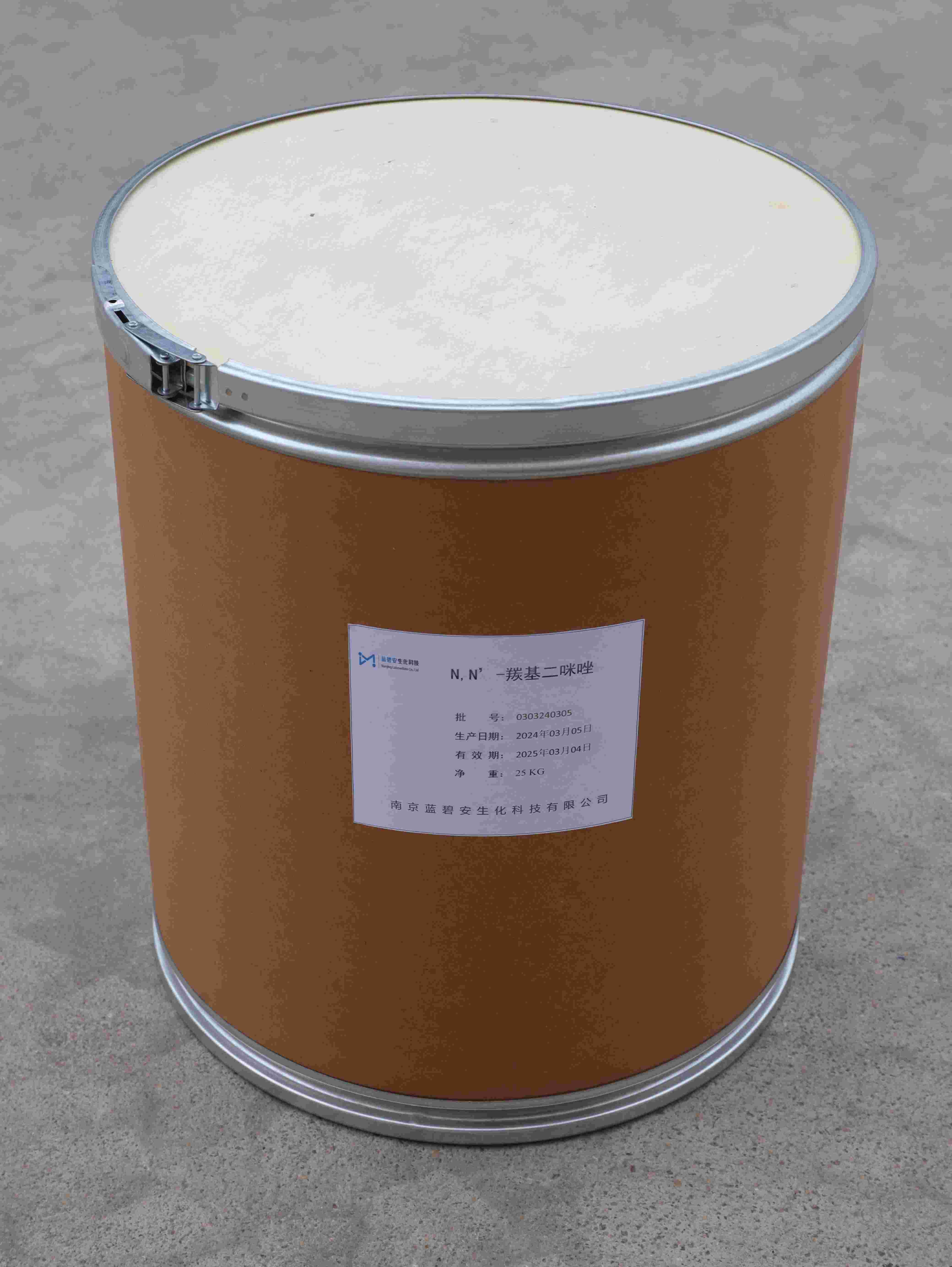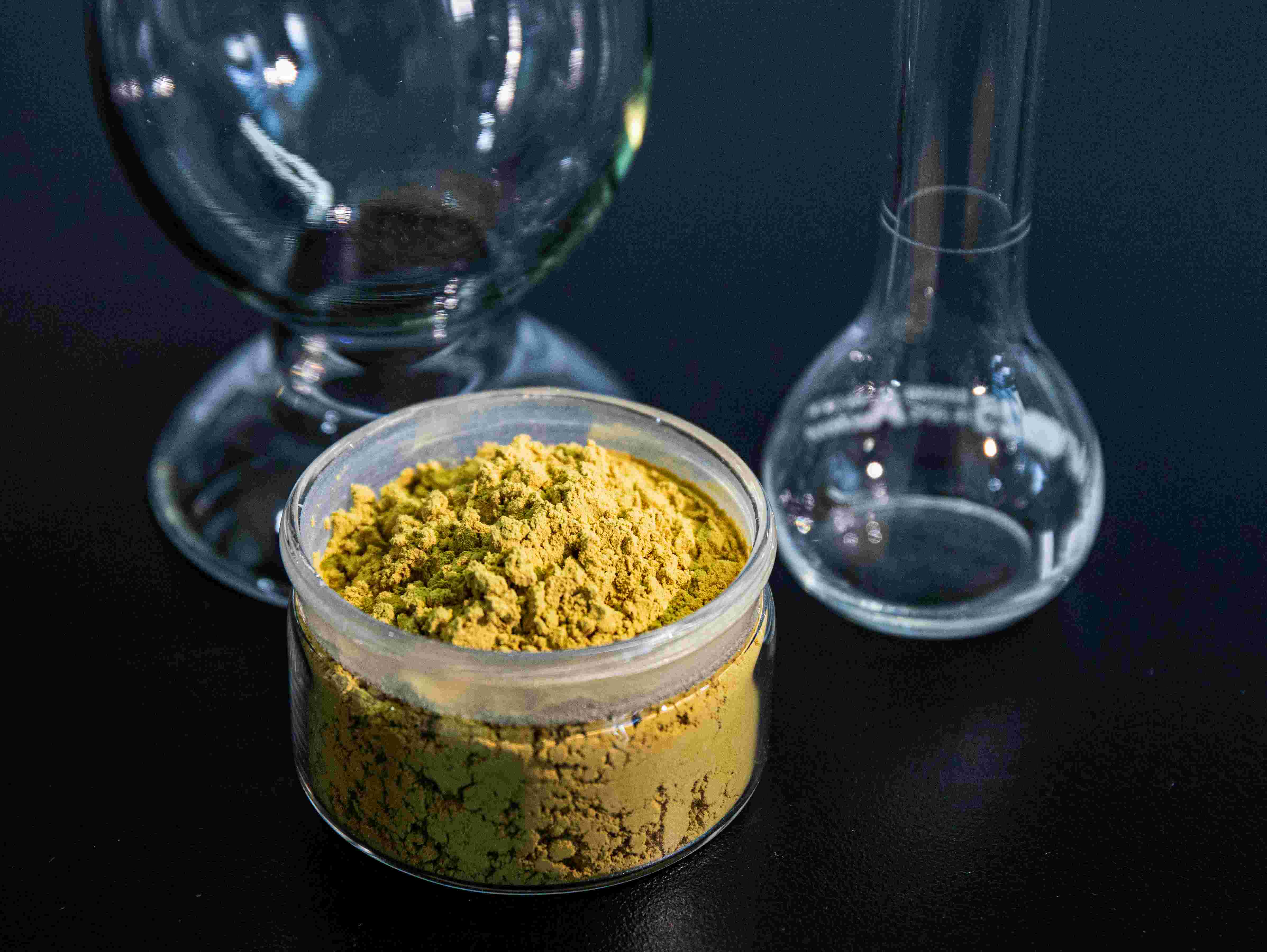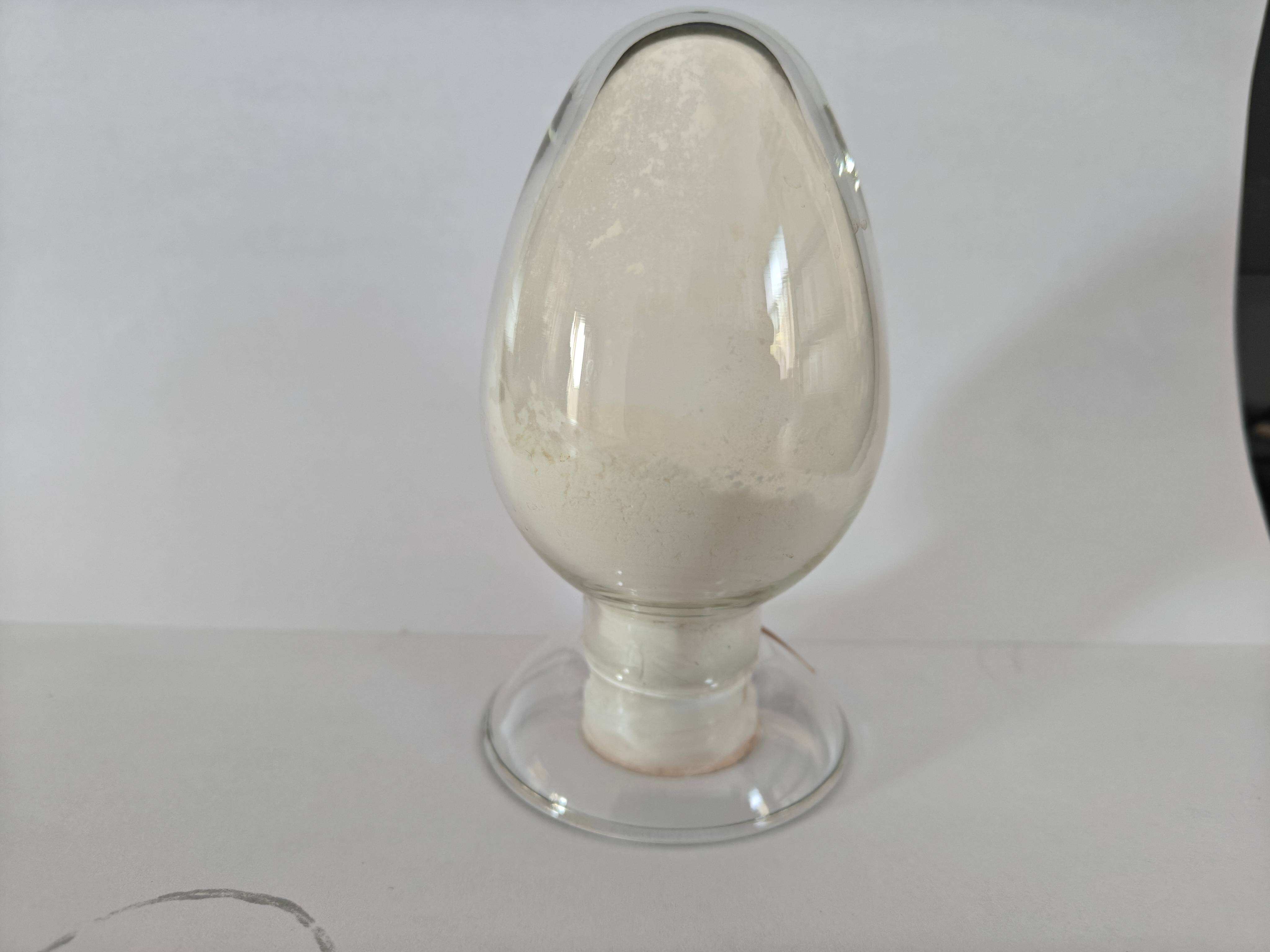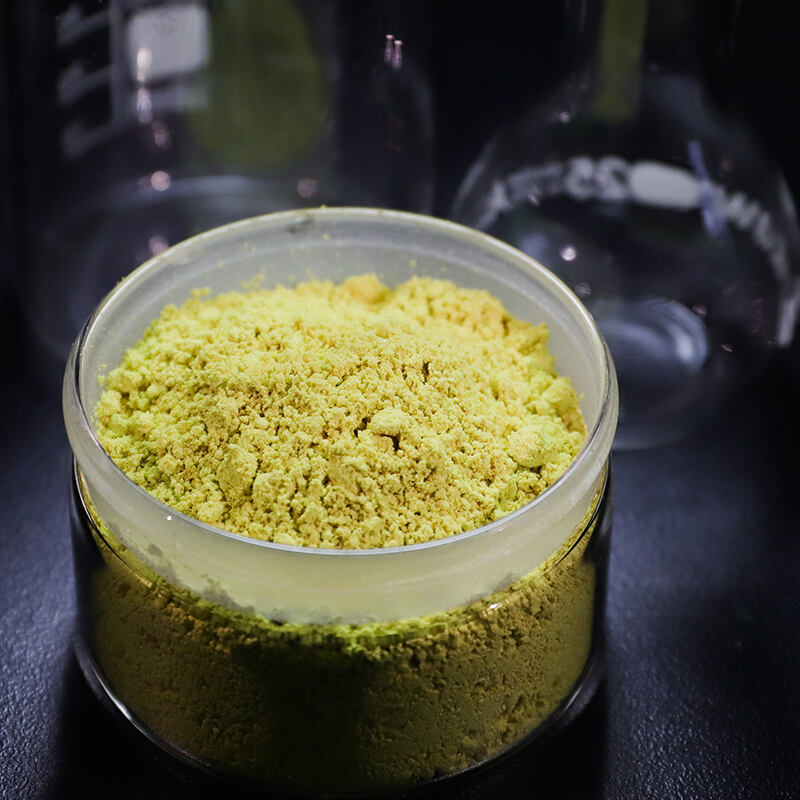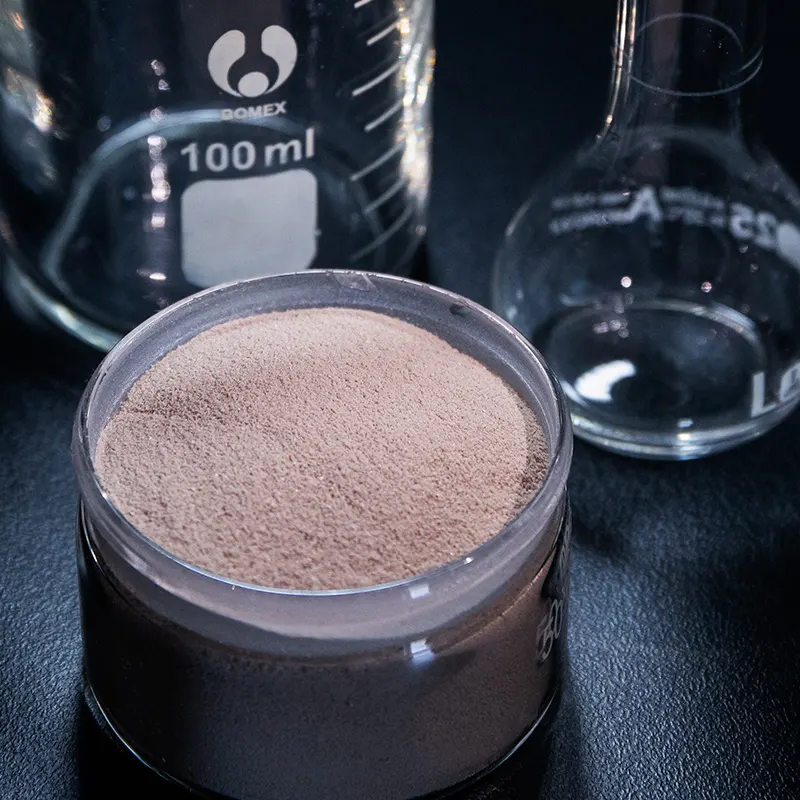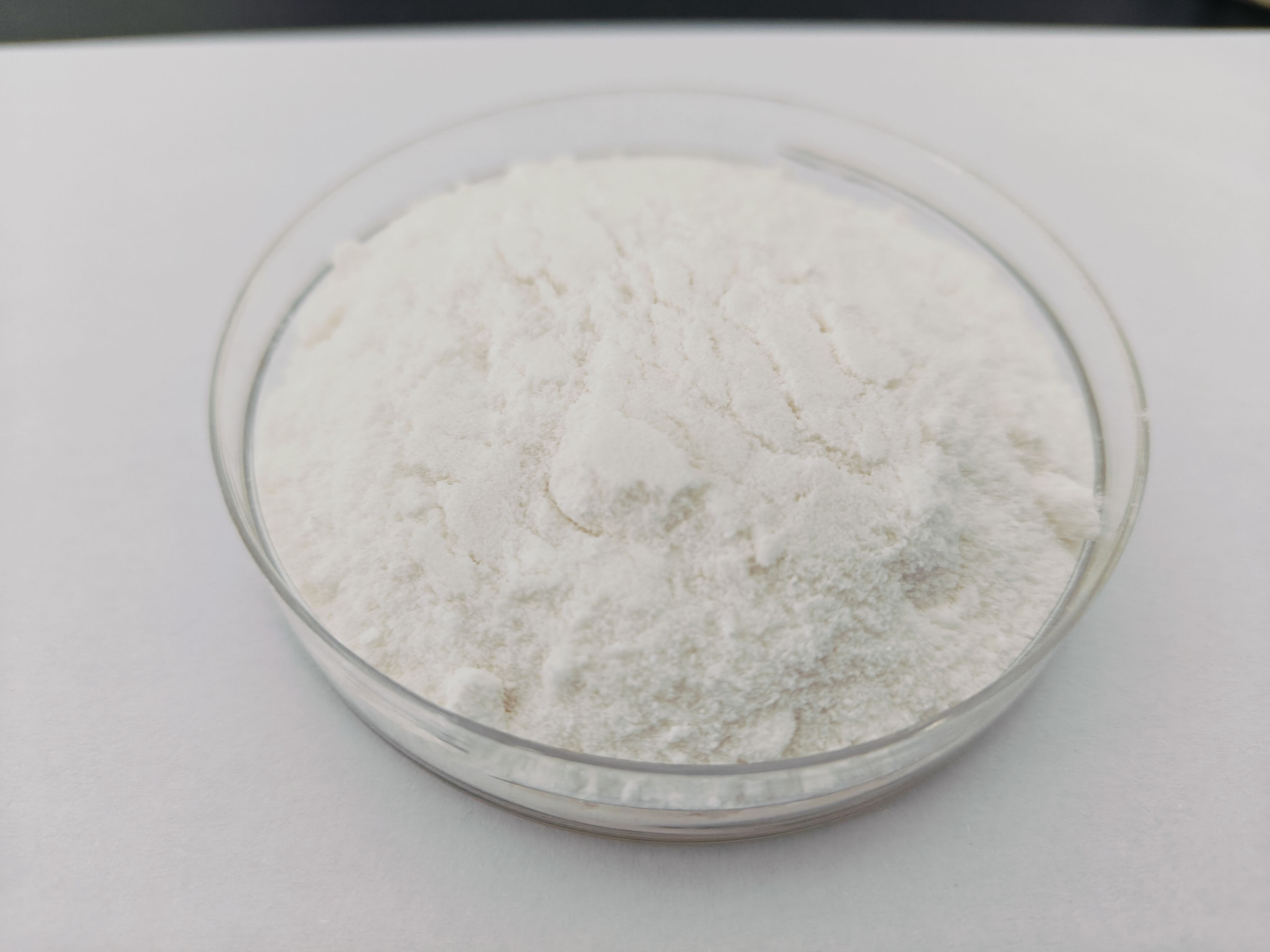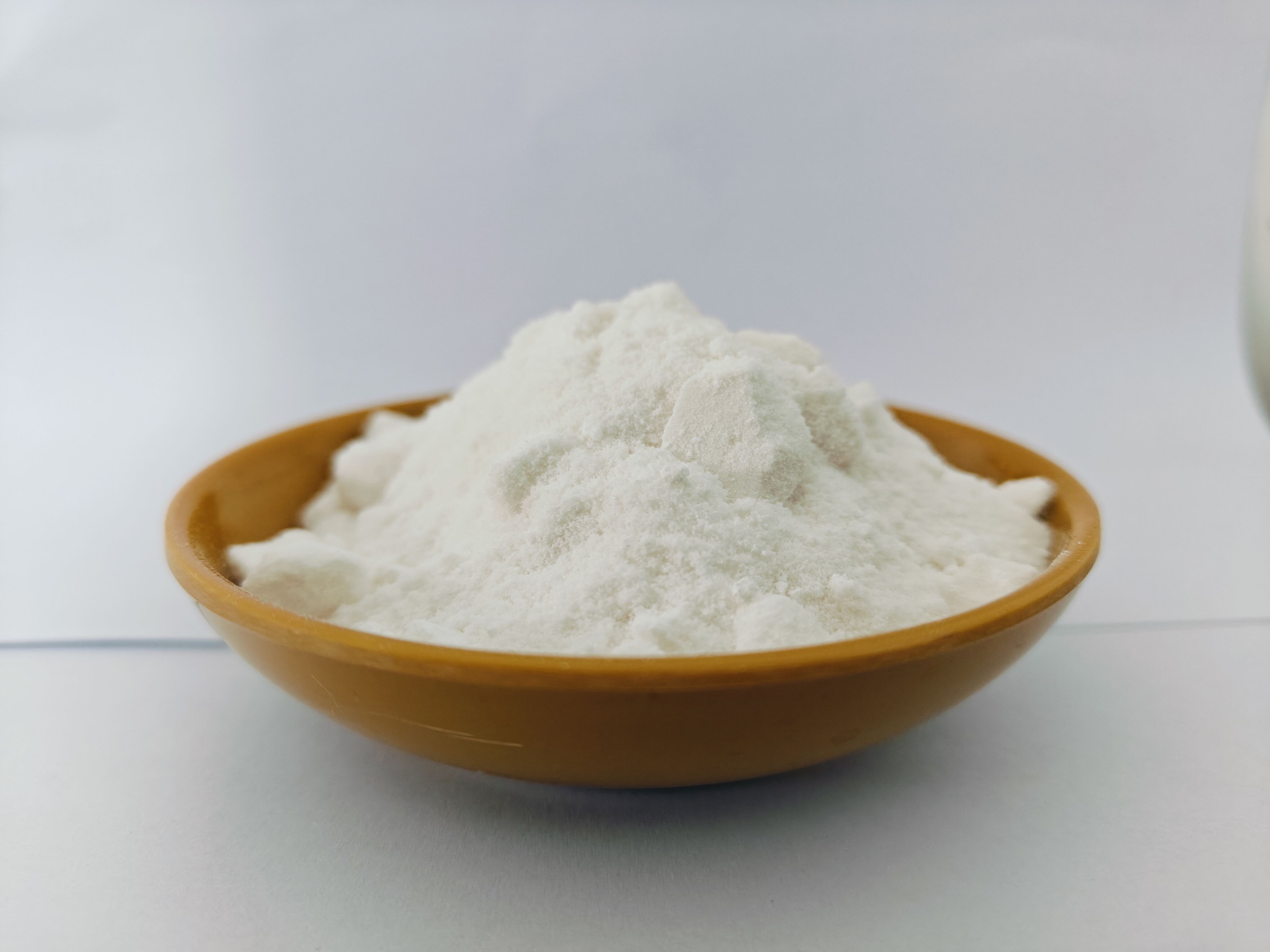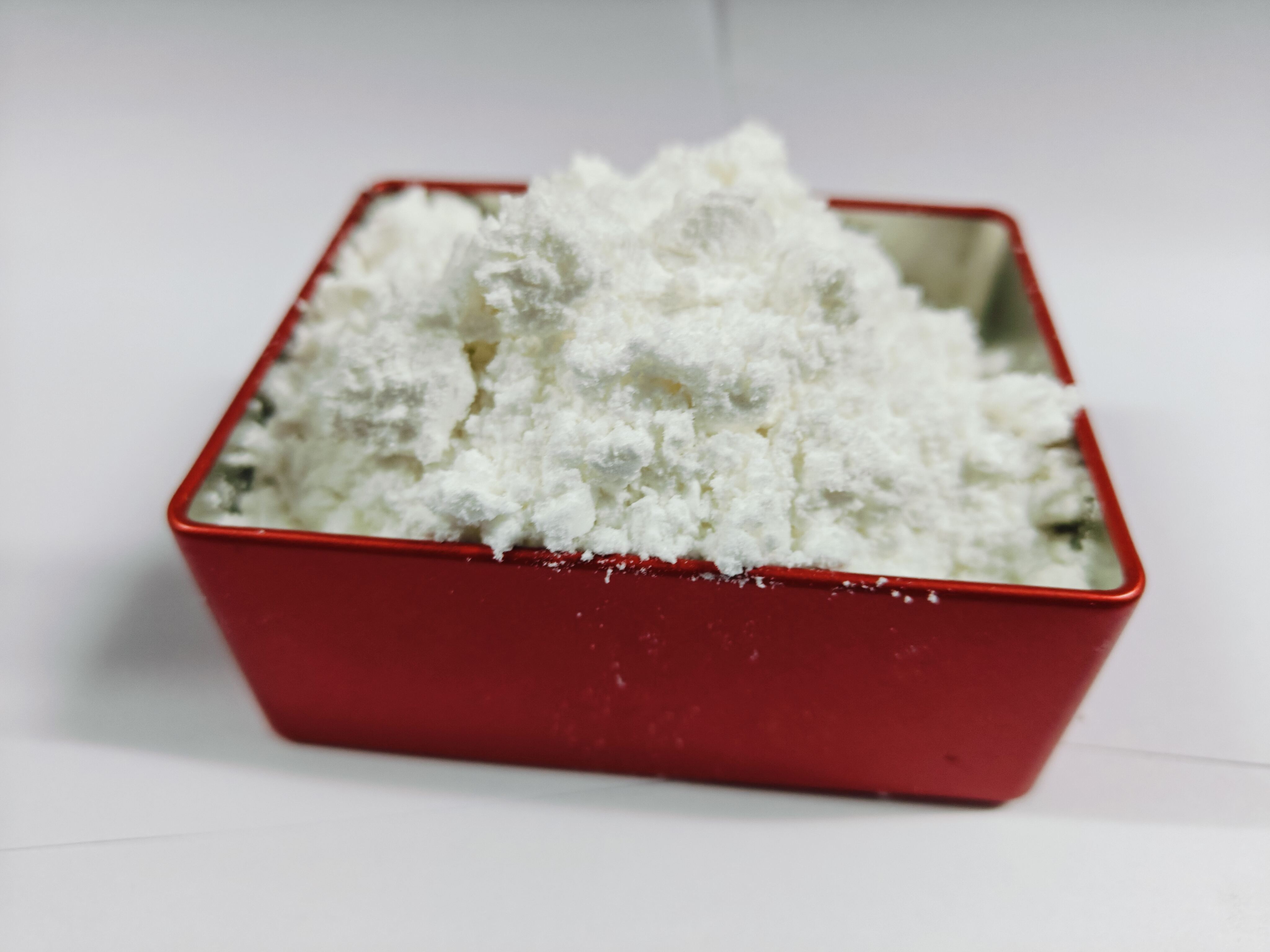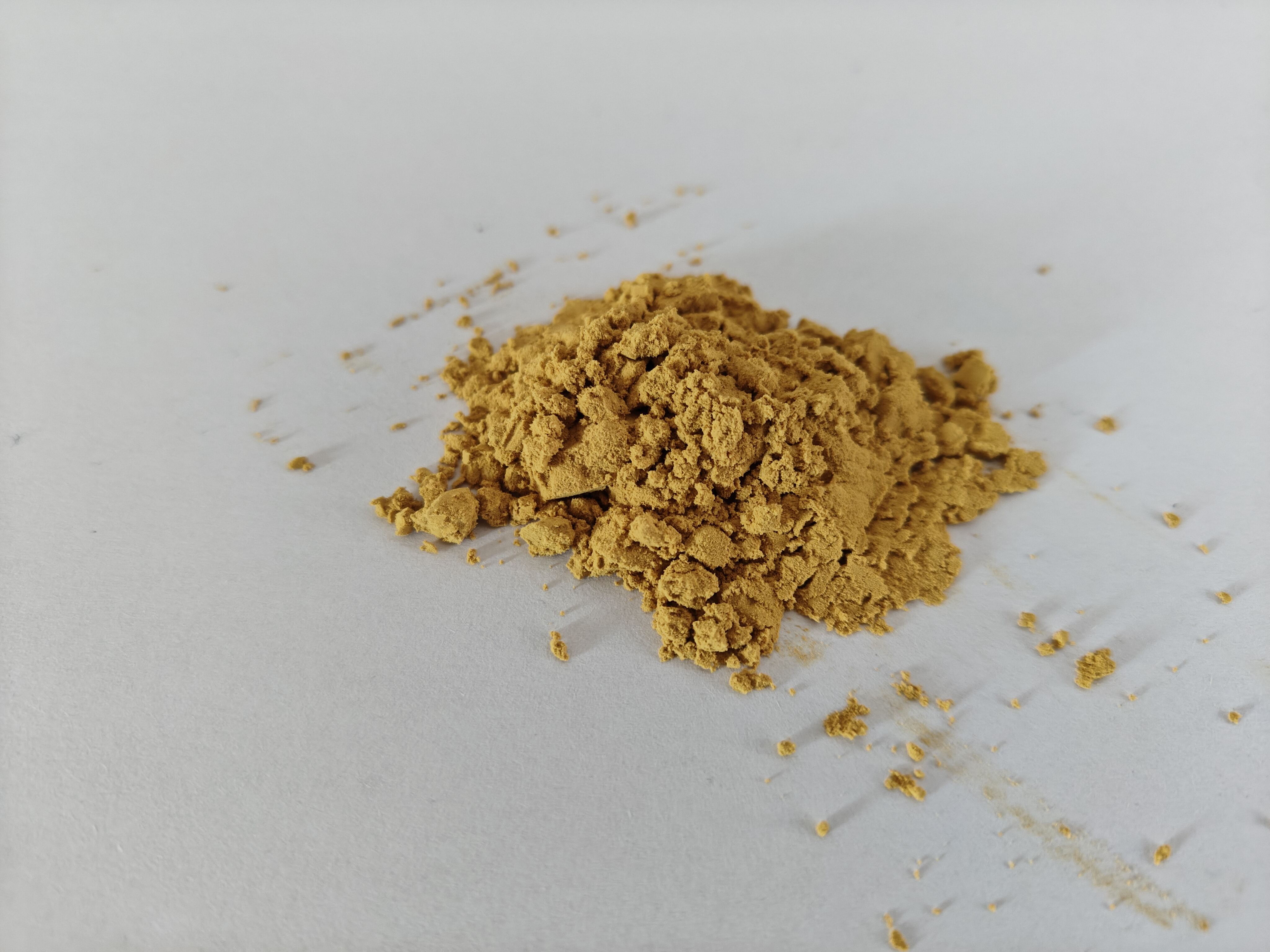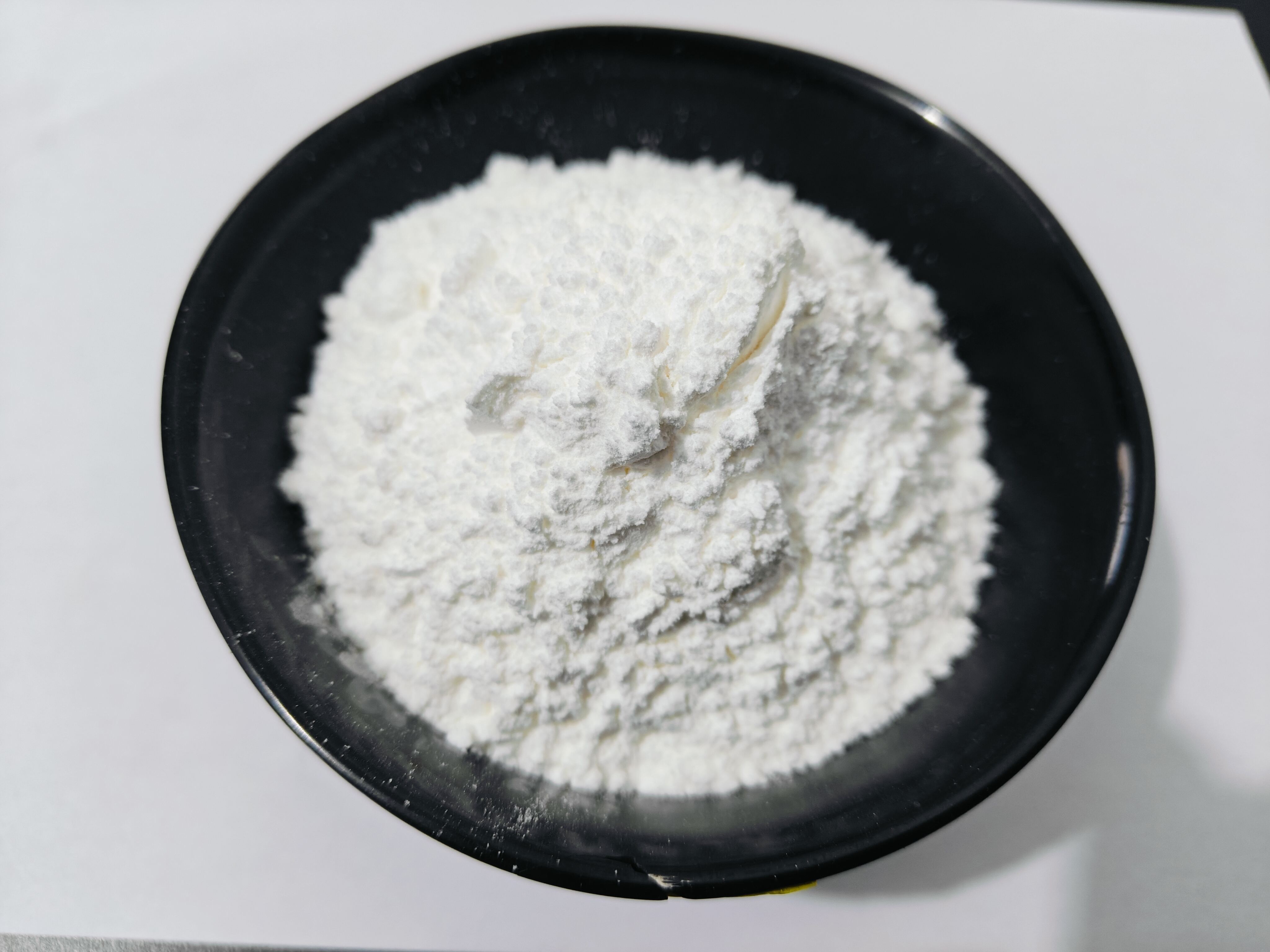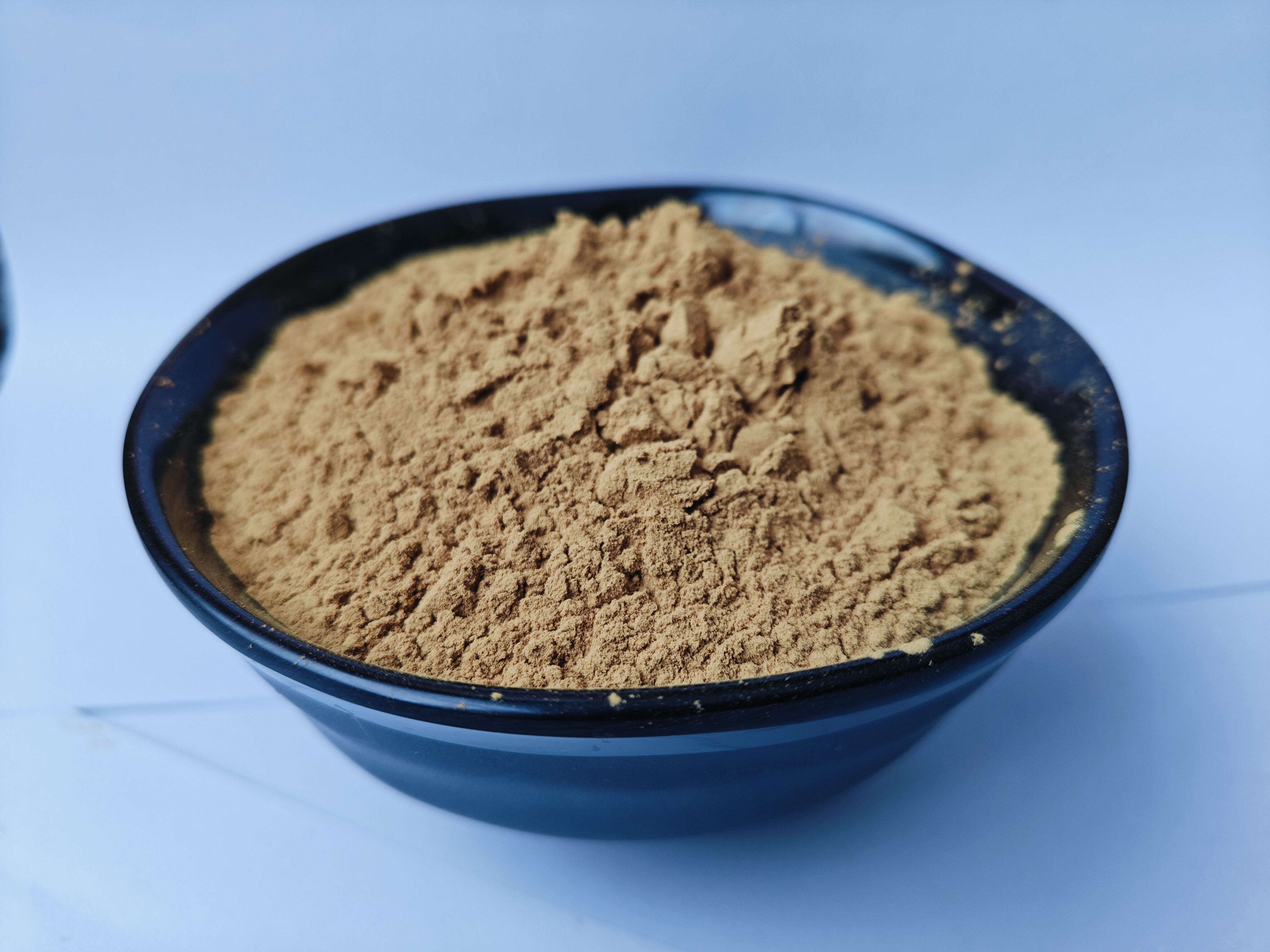piniling katatalaan ng init para sa pormulasyon ng emc
Ang mga thermal latent catalyst sa pagkakaroon ng EMC ay kinakatawan bilang isang bariw sa teknolohiya ng elektronikong packaging, nagdadala ng kontroladong curing mechanisms para sa napakahusay na pagganap. Ang mga espesyal na catalyst na ito ay nananatiling malulubhang sa temperatura ng silid ngunit aktibo nang maingat sa pinagkasunduang temperatura, karaniwang nakakababa mula 150-200°C. Gumagana ang mga catalyst na ito sa pamamagitan ng pagsasama ng blocking groups na pansamantala ay nagde-deactivate sa kanilang mga reaktibong lugar, siguraduhin ang kasarian sa panahon ng pagtutubos at paghahawak. Kapag inuulat sa tiyak na kondisyon ng init, ang mga blocking groups na ito ay nagdudismi, ipinapakita ang aktibong mga lugar ng catalyst at nag-uumpisa ng proseso ng curing. Nagbibigay ng napakalaking shelf stability ang teknolohiyang ito habang patuloy na may mabilis na characteristics ng cure sa oras ng pagmold. Ang mga catalyst ay eksaktong ginawa upang gumawa ng synergistic na epekto kasama ang epoxy resins at hardeners na madalas gamitin sa mga formulyasyon ng EMC, nagbibigay ng optimal na crosslinking density at mekanikal na katangian. Umekskenda ang kanilang aplikasyon sa iba't ibang solusyon ng elektronikong packaging, mula sa standard na integradong circuit hanggang sa advanced na semiconductor devices, nagbibigay ng masupling encapsulation properties at relihiabilidad. Siguraduhin ng kontroladong release mechanism ang uniform na curing sa buong compound, mininimize ang mga panloob na presyo at nagpapabuti sa kabuuang relihiabilidad ng package.

